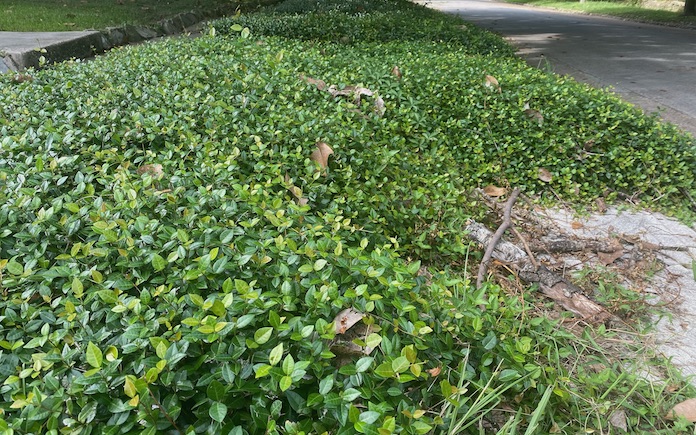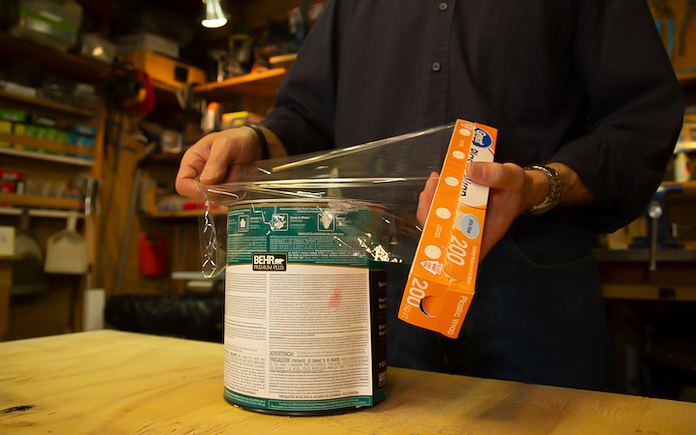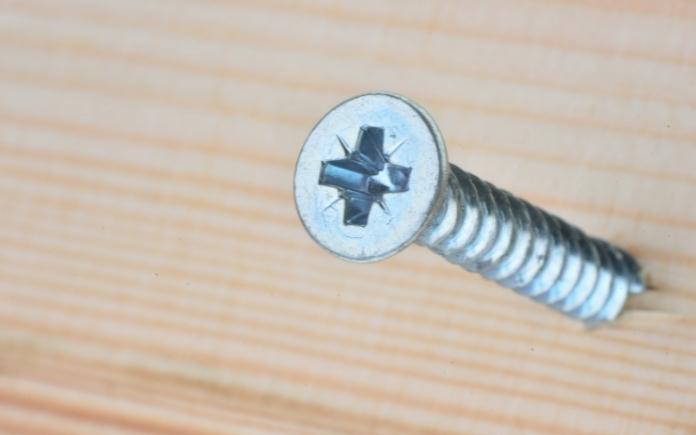[ad_1]

Hour 1
In Hour 1, we share a listener’s tip on how to track down rats in an attic, offer solutions for an invasive ground cover and more.
Tracking Down Rats in an Attic

In the July 30 Today’s Homeowner Radio Podcast, Chris Welsh of Florida asked about eliminating the rat urine smell in his attic. He wanted to install new insulation and asked us if he should first remove the old, soiled insulation.
We told Chris that since it’s been a few years and the smell is still there, plus he’s already going to install new insulation, he should get rid of the soiled insulation.
Although the smell can dissipate over time, there’s no guarantee that it will. Plus, this could be his only chance to remove it, because once the new insulation is installed, it’s there for good.
Listen to the “Soiled Insulation” segment in Hour 2 of the July 30 episode of Today’s Homeowner Radio Podcast.
One of our listeners, Dean, heard this and called to share this tip: Use a black light to find rat urine in an attic.
This is a great tip because it’s often hard to see how widespread the rat infestation is, based on smell alone.
According to chemistry expert Anne Marie Helmenstine, Ph.D., urine glows under a black light primarily because it contains the element phosphorus.
Phosphorus glows yellowish-green in the presence of oxygen, with or without a black light, but the light imparts additional energy that makes the urine, in this case, easier to see.
A black light also works well to find pet urine. So, if you have a cat that’s not keeping their business in the litterbox, use a black light to find urine spots.
Water Dripping from a Range Hood

Water is constantly dripping from the range hood in David Henderson’s kitchen. He’s spending a small fortune on paper towels to absorb the drips on the stovetop.
The duct vents to the outside of the house, he maintains a steady temperature inside, and the new roof he just had installed didn’t make a difference.
“I’ve been beating my brains out trying to figure it out,” David says. “I am 69 years old and have lived in many houses in my life but have never seen this before.”
The vast majority of the time, when a vent pipe is dripping water down through the range hood, it means condensation isn’t forming on the outside but on the inside.
Install some duct wrap insulation on the pipe to minimize the difference in temperature inside the pipe and in the attic. Since the pipe is already in place, get the type that comes on a roll, not a cylindrical form. That way you won’t have to disconnect the pipe to slide the insulation over it.
This will stop the dripping and you’ll also greatly reduce your paper towel budget!
Controlling Asiatic Jasmine

Sue wants to know: How can I get rid of Asiatic jasmine that is taking over our yard?
“It has spread from the neighbors on each side of us. Pulling it up is a never-ending task and we have gotten too old to deal with it. Help!” Sue says.
Asiatic jasmine is a perennial evergreen vine that makes for a wonderful ground cover, but it’s very invasive.
First, try cutting it right at the bed, and keep it under control with a string trimmer.
We don’t often recommend using herbicides, but you might need them in this case. Cut it back as far as you can, then spray on an herbicide.
If you don’t want to use an herbicide, spray it with home and garden vinegar.
Hour 2
In Hour 2, learn how to paint unfinished cabinets yourself, when to paint walls in a new house and more.
Painting Unfinished Cabinets

A caller wants her unfinished cabinets professionally painted, but the professionals have given her “outrageous” estimates.
“Can I do this myself, and what kind of sprayer should I get?” she asks.
It is a fair amount of work to finish cabinets yourself, but the end result is very gratifying.
Because the cabinets are unfinished, you won’t have to worry about removing any old paint.
Basically, here’s what you need to do.
- Sand the cabinets so the paint will stick.
- Smooth out any imperfections with water putty or epoxy finish
- Prime the cabinets with a bonding primer
- Apply two coats of acrylic latex paint in either a semi-gloss or eggshell finish
If you want to use a sprayer, use a high-volume, low-pressure paint sprayer. We recommend the Earlex Super Finish Max HVLP Sprayer.
For a detailed guide on how to paint kitchen cabinets, read Painting Kitchen Cabinets: How to Do it the Right Way.
Should You Wait to Paint in a New House?

Robert Lang in Kentucky just bought his first home — a new build that was completed in February 2022.
“I want to paint the interior to not only change the color but use a better grade of paint. I’ve read that I should wait before painting. If this is true, how long should I wait? Do I need to allow the house to settle before I attempt to paint?” Robert asks.
There’s no reason to wait to paint in a newly built home. There’s no way to know how much settling or expansion and contraction are going to happen.
There are so many factors that could influence it, like how wet the framing got during the building process or how many screws were used versus nails.
If there is going to be some settling, it probably won’t show up for at least five years.
Go ahead and make the house your own. Just, make sure the walls are nice and clean before you paint them.
Best New Products
 |
The Defiant Wi-Fi and Bluetooth-enabled smart plug gives you control over lights, appliances, or any device you plug into it from anywhere. Learn more >> |
Simple Solutions

Paint Can Tip — When you bring home a new gallon of freshly shaken paint immediately remove and clean the underside of the lid of all paint.
Then, stir —don’t shake — the paint before applying it.
And when you’re done painting, place wax paper or plastic wrap over can before tapping on the lid.
That will seal out air, free the can of crusty bits of dried paint, and keep the underside of the lid clean.
Watch: Paint Can Cleaning and Sealing Tips

Stay-Tight Screws — Machine screws have an annoying tendency to loosen up over time. Here’s how to prevent that from happening:
- Brush a little clear fingernail hardener onto the screw threads prior to tightening the screw.
- Once the hardener dries, it’ll lock the screw in place and prevent it from loosening, but you’ll still be able to remove the screw, if necessary.
Other Products & Links Mentioned
Further Reading
Radio Show & Podcast: Send us your question!
If you have a comment, general question about home improvement, or something we’ve featured on Today’s Homeowner, please fill in this form:
[ad_2]
Source link











